The Importance of Renewable Energy
In the face of dwindling fossil fuel reserves and the pressing need to mitigate climate change, the pivot to renewable energy sources has never been more crucial.
Unlike fossil fuels, which take millions of years to form and are consumed far quicker than they can be replaced, renewable energy offers a sustainable alternative that could ensure a stable and clean power supply for the future.
This article explores the key forms of renewable energy, their significance, and the evolving role of nuclear energy as a low-carbon complement to renewables.
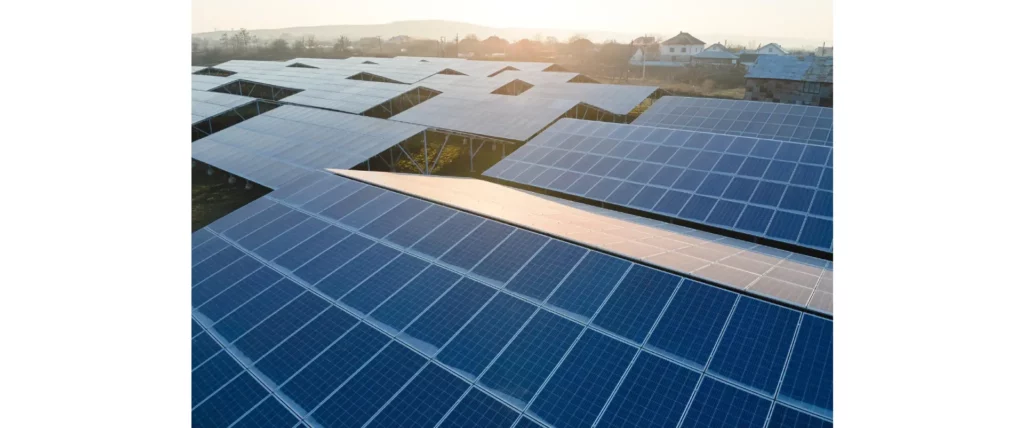
Solar Energy: Harnessing the Sun's Abundance
Why Solar Energy?
- Sunlight is an abundant resource, with just 18 days of solar irradiance matching the energy stored in all of the world's fossil fuel reserves.
- Advantages:
- Sustainability: Solar energy is virtually inexhaustible as long as the sun shines.
- Cost-Effectiveness: After initial setup costs, the ongoing expenses are significantly lower compared to fossil fuels.
- Environmental Impact: Solar panels produce electricity with minimal carbon footprint.
Understanding Solar Power
- Key Concepts:
- Insolation: The amount of solar energy received by a surface.
- PV Plants Growth: There's been a significant increase in the number and capacity of photovoltaic (PV) plants worldwide, with many now exceeding 20 megawatts (MWe).
- Economic Considerations:
- Initial Costs: Contrary to the notion that solar panels and their maintenance are free, there are significant upfront investments required for installation. However, the long-term savings on electricity bills and the potential for government subsidies can offset these costs.
- Capacity Factors: Ranging from 11% to 27%, these factors depend on geographic location and technology, indicating the efficiency of solar panels in converting sunlight into electricity.
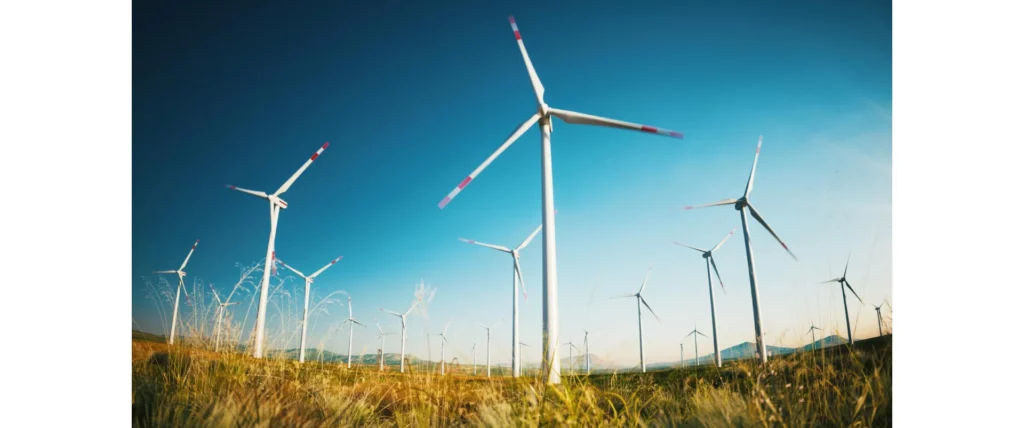
Wind Energy: The Power of Air in Motion
Wind Energy Insights
- Subsidies and Market Impact: In the USA, wind energy benefits from a production tax credit, encouraging its adoption despite fluctuations in subsidy levels.
- Load Factors:
- Onshore turbines operate at a 25% load factor on average, while offshore turbines can achieve 40% or more, making wind a significant contributor to the energy mix.
Challenges and Advancements
- Variability vs. Demand: Wind energy's output does not always align with electricity demand, necessitating advancements in energy storage to ensure reliability.
- Economic and Environmental Benefits:
- Cost Reductions: Technological improvements have decreased the cost of wind energy, making it competitive with traditional energy sources.
- Reduced Carbon Emissions: Wind turbines significantly lower greenhouse gas emissions over their lifecycle compared to fossil fuels.
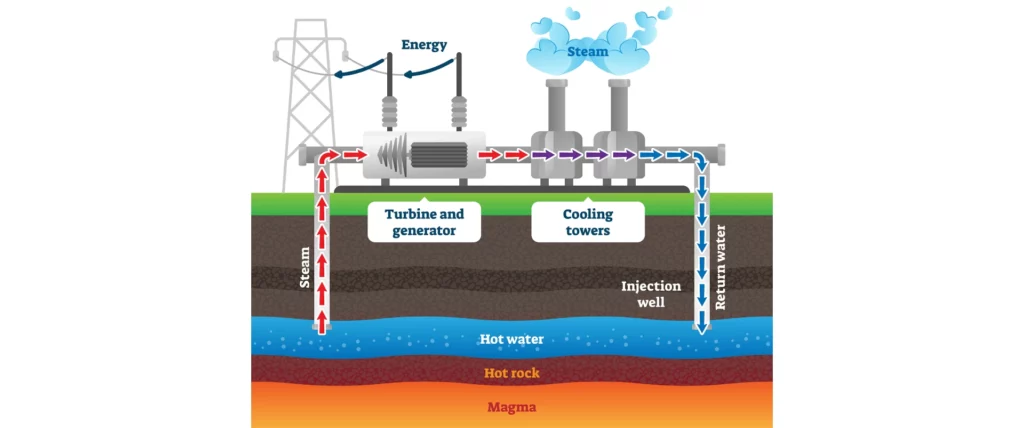
Geothermal Energy: Earth’s Untapped Warmth
Geothermal Basics
- Geothermal energy leverages the Earth's internal heat for electricity generation and heating, offering a constant and reliable energy source.
- Types of Geothermal Power Plants:
- Binary Cycle: Utilizes low-temperature reservoir water to generate electricity through a secondary fluid's vaporization.
- Flash Steam: The most common type, converting high-pressure hot water into steam to drive turbines.
Benefits and Potential
- Sustainability: Provides a long-lasting energy supply with minimal environmental footprint.
- Cost-Effectiveness: While upfront costs are high, the low operating and maintenance costs make geothermal a financially viable option over time.
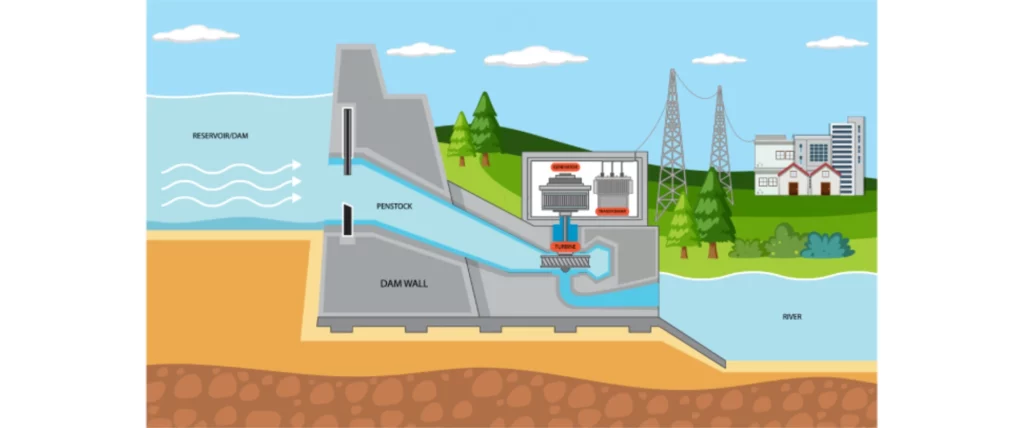
Hydroelectric Power: Water’s Energy Flow
Hydroelectric Power Attributes
- Renewable and Clean: As long as the water cycle continues, hydroelectric power remains a sustainable energy source that combats climate change by reducing CO2 emissions.
- Historical and Modern Use:
- Long been a cornerstone in human civilization for irrigation and as a mechanical power source.
- Today, it offers both electricity generation and storage solutions, such as pumped storage hydroelectricity to manage supply and demand.
Environmental Considerations
- While hydroelectric power is a significant renewable resource, the construction of large dams can have profound ecological and social impacts, including altering watercourses, affecting wildlife habitats, and displacing communities.
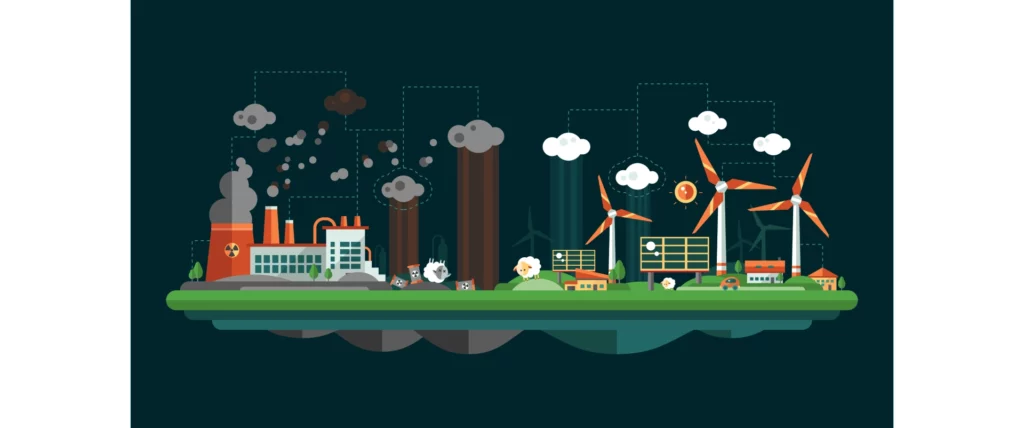
Nuclear Energy: A Low-Carbon Alternative
Clarifying Nuclear's Role
- Not traditionally renewable due to its reliance on uranium, nuclear energy is nonetheless a pivotal part of the low-carbon energy landscape.
- Advantages of Nuclear Power:
- High Energy Density: Offers significant power output with minimal emissions.
- Reliability: Provides a stable, continuous source of electricity, complementing the intermittency of other renewables.
Future Outlook
- With advancements in reactor technology and safety, nuclear energy continues to evolve as a cleaner energy source. The development of fusion energy, a potential game-changer, promises abundant, safe, and low-carbon power.
Conclusion
The transition to renewable energy is not just imperative for combating climate change; it represents an opportunity to redefine our global energy infrastructure towards sustainability and resilience.
Solar and wind energy, with their rapidly decreasing costs and increasing installations, are at the forefront of this transition.
Geothermal and hydroelectric power add depth and versatility to the renewable mix, offering consistent and flexible energy sources.
Meanwhile, nuclear energy remains a critical low-carbon bridge in our journey towards a fully renewable future.
Embracing these technologies requires upfront investment and overcoming technical and policy challenges.
However, the long-term benefits—reduced environmental impact, enhanced energy security, and economic opportunities—far outweigh the initial costs.
As we advance, it's clear that renewable energy isn't just the “next big thing”; it's the path to a sustainable and prosperous future for all.
Source:
A comprehensive study of renewable energy sources: Classifications, challenges and suggestions

